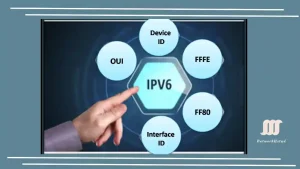IPv6 Multicast Addresses Explained: Structure, Types, Examples, and Use Cases
I have already written about IPv6 multicast addresses in my previous article. IPv6 multicast addresses work similarly to IPv4 multicast addresses. IPv6-enabled devices can join and listen for multicast traffic on an IPv6 multicast address. Multicasting is one of the powerful features of IPv6 addresses, which enables one-to-many communication, optimizing bandwidth for applications like video […]


